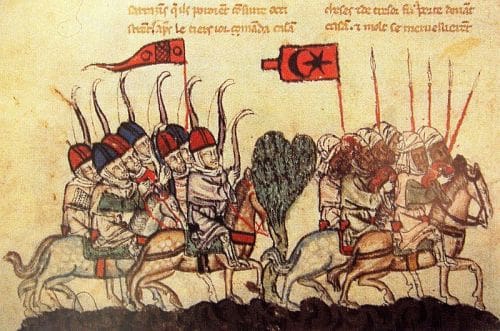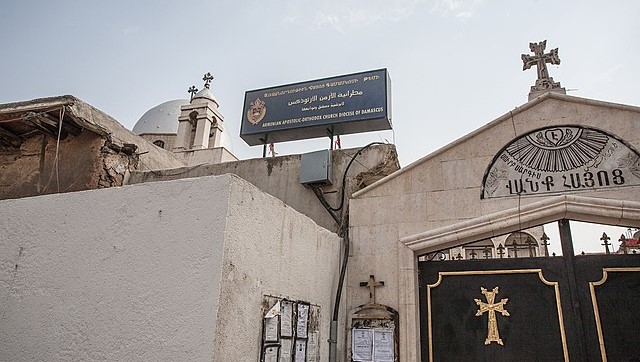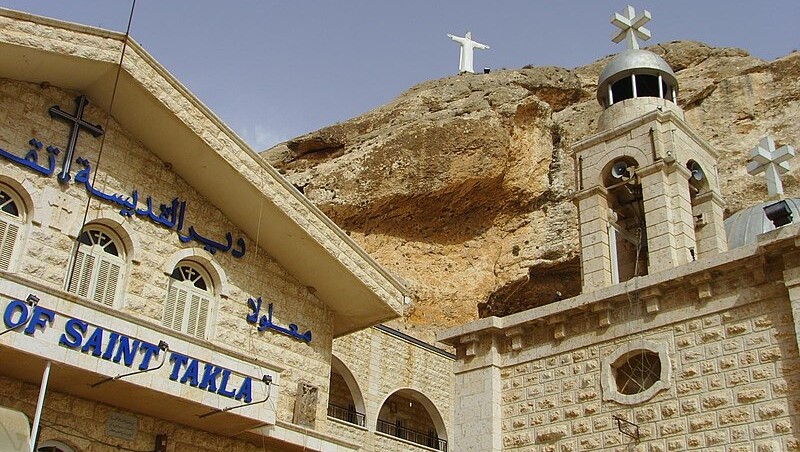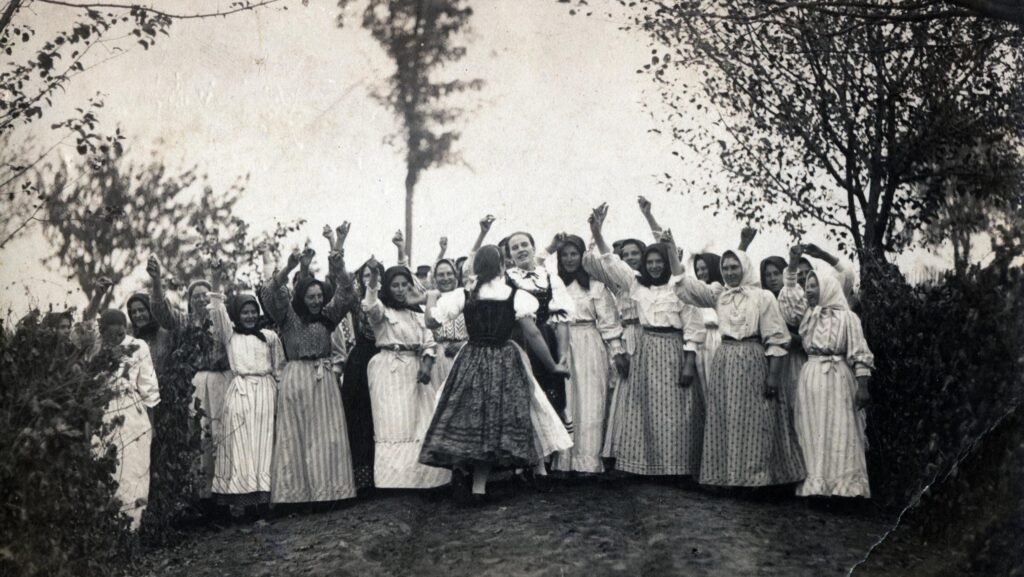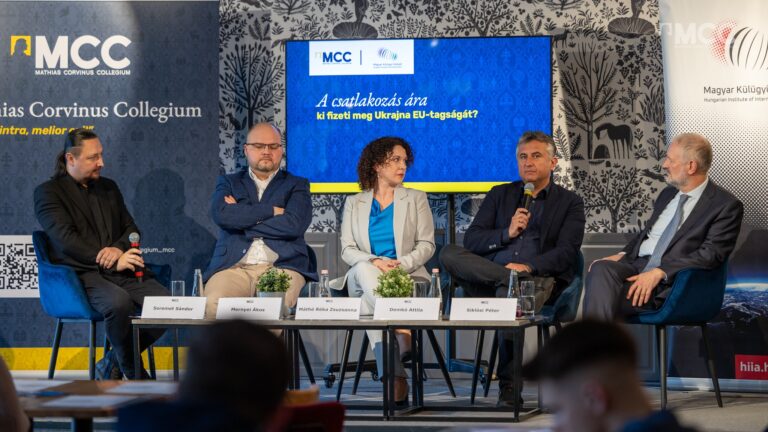The presence of Muslims in medieval Christian Europe was not exceptional. Although they arrived in the Iberian Peninsula (711 AD) and Sicily (around 800 AD) as conquerors, after the Christian military successes, they remained there en masse under Latin rule. From the end of the 11th century, a specific coexistence, or convivencia, developed in both places that lasted for centuries. In other places, Muslims created isolated military diasporas, such as Fraxinetum (891–973) in southern France, whose long existence in itself suggests the development of forced coexistence.[1]
The presence of Muslims in the Carpathian Basin may have been common since the 10th century.
However, in the Kingdom of Hungary, which followed Latin Christianity, they were probably only a tiny minority. Some of their groups may have already joined the conquering Magyars, while others came from the territory of the Byzantine Empire and settled here, taking advantage of the opportunity offered by the uninhabited areas of the Carpathian Basin. Behind their common religious practice, a population of several ethnicities is suggested, just as Arab travellers take them into account according to their place of origin.
Ibrahim ibn Yaqub (died in 966), a Spanish-Arab traveller of Jewish origin, was the first to report on eastern merchants coming from Hungarian territory in the middle of the 10th century. In Hungary, there was a continuous demand for the expertise of Muslim traders and money changers later as well. This is also demonstrated by the multiple synonyms related to Muslims appearing in the early Hungarian language, and nearly 40 place names in the country. These include ‘Ishmaelite’ (after Abraham’s son named Ishmael), ‘Basurman’ (Hungarian böszörmény), which is a mispronunciation of ‘mussulman’ meaning ‘Muslim’ in Persian, ‘Saracen’ (Hungarian szerecsen) from saracenus, and ‘Khalyzians’ after the place name Khwarezm south of the Aral Sea. Of course, places where archaeologists found no pigs at all in the excavated remains of animal bones suggest Muslim villages, too. The real number of their villages and population can only be guessed at, as Arab travellers mention exaggerated high numbers in their sources. Enjoying royal protection, Muslims not only traded, but also farmed, paid taxes, and served as soldiers as a settled ethnic group. The Muslims living in the city of Pest around 1200 mentioned by an anonymous chronicler who wrote the history of the Hungarians were, of course, involved in trade. However, their heyday in Hungary, which can be dated to the 12th century, was mainly characterized by their military service as auxiliaries in the Royal Army.
In the middle of the 12th century, the Spanish Arab traveller Abū Hāmid (died in 1170) reported that Géza II (1141–1162), the Hungarian king himself, asked him to recruit Muslim archers for him. According to Abū Hāmid, the king ‘loved Muslims’, and it is no coincidence either that his son, who travelled with him, married and settled in the Kingdom of Hungary. However, the traveller, who spent three years here, noted that thanks to the Muslims’ advanced assimilation, both their language and faith left a lot to be desired, as, for example, those in the direct service of the king practised their faith only secretly. As he wrote, ‘…I taught them a little about the sciences of religion, I managed to encourage some of them to try to speak the Arabic language as well, and with great perseverance, I tried to repeat and practice the prescriptions of prayer and other religious obligations along with them’.[2] The long-term survival of their communities is clearly in favour of the fact that they had the necessary infrastructure, places of worship, baths, and legal services at the local level for the practice of their religion. However, surprisingly, at the beginning of the 13th century, acting as accusers against Christians, they appeared in the seat of a bishopric holding ordeals by fire, where they were successful in two cases.[3]
In 1220, the Muslim geographer Yāqūt (died in 1229) met Hungarian Muslims studying law in Aleppo, Syria, who wanted to utilize their knowledge upon returning home. As he reported, Muslims lived in 30 villages in Hungary, especially in the south in Syrmia; their language and clothing were similar to other Hungarians, and they fought together with them. In 1158, the Hungarian king was indeed able to send half a thousand Muslim light horse archers to help the German emperor during the siege of Milan. Muslim auxiliaries probably created a sensation in the West; however, their employment was by no means unprecedented. They also fought in Spain as auxiliaries in Christian armies, and from the 1220s, German Emperor Frederick II resettled tens of thousands of Muslims from Sicily to the region around Lucera in southern Italy—they served as light cavalry and bodyguards in his army, until their colonies were eliminated around 1300.
Nevertheless, it is not surprising that in Hungarian sources, in addition to the Muslims’ military service,
much greater emphasis was placed on their role in financial administration.
Their precise knowledge of money exchange and calculations allowed them to become managers of financial affairs and chamber transactions. Arabic inscriptions can be seen on Hungarian royal coins of the 12–13th century, and even a ring with an Arabic inscription was placed in the grave of King Béla III (died in 1196) in Székesfehérvár. A Muslim settlement was also excavated near the Hungarian city of Orosháza, where lead weights corresponding to that of the Buda mark (mass unit) were found as well. Their importance in trade is also indicated by the fact that the section of the route from the city of Szeged to the Danube, through which the salt mined in Transylvania was transported to the centre of the country, was referred to as the ‘Káliz Road’, meaning ‘the road of the Arabs’. In the words of Hungarian historian Jenő Szűcs, ‘before the Mongol invasion, the country was pretty much strewn with military and merchant colonies of Muslim religious groups’.[4]
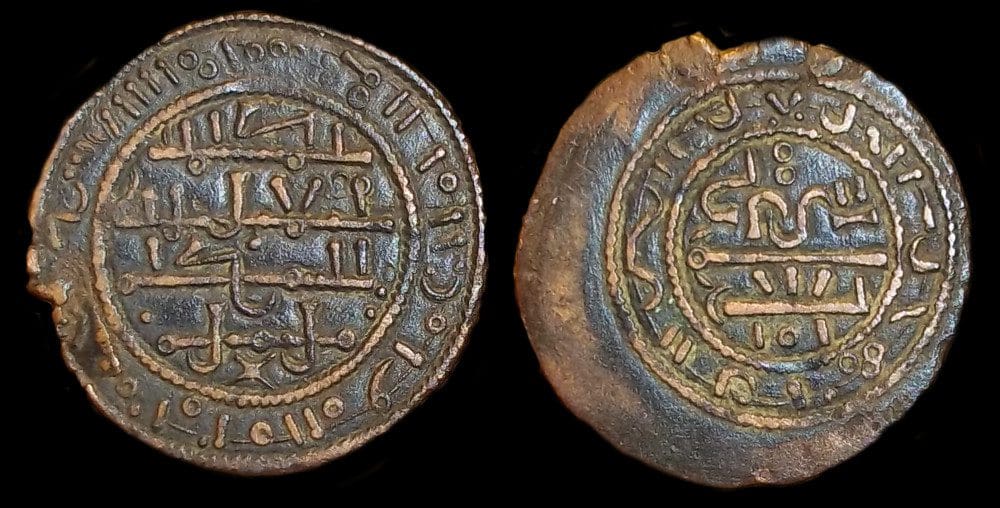
The fact that the Hungarian rulers did not join the crusaders who regularly marched through the country until the Fifth Crusade can be explained not by their possible Muslim sympathy, but rather by the delicate geopolitical situation of the country in the neighbourhood of the Byzantine Empire. However, this does not mean that there had been no relationship between the Crusaders and the Hungarian Royal Court in earlier decades: pilgrims who had regularly passed through the country from the 11th century and then returned to share their experiences with the locals, and the soldiers of the First and Second Crusades had certainly had a great impact. Finally, as a part of the Fifth Crusade under the leadership of King Andrew II, the Hungarian campaign long urged by the Roman Pope began in 1217. The army of several thousand people spent almost half a year in the Holy Land and took part in numerous military operations. Those who returned from the campaign presumably brought a lot of anti-Muslim sentiments with them, but no written source has remained to confirm that. At the same time, we do know for sure that a Hungarian Muslim studying in Jerusalem freed a Hungarian who had been captured in the Holy Land.[5] The radical actions of the Fourth Council of the Lateran in 1215, then the Council of Toledo in 1217 against non-Christian communities and the forcing of their conversion were probably much more decisive for the upcoming years—the effects of these can also be seen in the memories of the Hungarian legislature.
Legislation against Muslims, which was revived during the 13th century, had had some early forerunners in Hungary, too: already the laws passed by Ladislaus I (1077–1095) and King Coloman of Hungary (1095–1116) had tried to suppress the religious practice of Muslims living in the country. King Coloman, for example, had issued five decrees aimed at Muslim subjects only. Through these decrees, the rulers had been trying to
integrate Muslims by restricting their religious customs and opposing marriage within their own community
even before the 13th century.
Important memories of the 13th-century legislation, the royal privileges that reshaped the Hungarian social structure, the so-called golden bulls (1222 and 1231), the agreement concluded between the papal legate and Andrew II (1233), and the provisions of the Council of Buda (1279) unanimously forbade the Hungarian kings from using the services of Muslims in the fields of coinage, exchange, tolls, and salt administration, and they also prescribed distinctive clothing for them. Five of the ten restrictive provisions of the 1233 Convention were issued specifically against Muslims: it forbade Muslims to collect taxes and rent mint chambers, prescribed their distinction by signs, forbade them to keep Christian slaves, and entrusted the monitoring of compliance with the provisions to the bishops. Contrary to the aforementioned law of King Coloman, the marriage of Muslims and Christians was no longer permitted and even explicitly prohibited after 1233.
The repetition of the prohibitions on economic and financial life by the legislators proves that the professional knowledge of Muslims in the mentioned areas was still indispensable. Moreover, after the Mongol invasion (1241–1242), King Béla IV (1235–1270) asked the Pope for an exemption to rent out the collection of royal revenues to Muslims once again.
The devastation of the Mongol invasion swept away the Muslim settlements and population in the Kingdom of Hungary. In the Hungarian army, the Muslims were replaced by the Cumans as light cavalry auxiliaries, and by the Jews in financial administration. In contrast to other ethnic groups that settled in the country, such as the Pechenegs or the Germans, the Muslims never had written privileges. It may be surprising that they could survive in a Christian kingdom for centuries, but their linguistic and religious separation was exactly why they did not threaten the predominantly Christian society. What troubled contemporaries were their individual careers in economic and financial administration, but this was the most difficult to block. After the Mongol invasion of 1242, those who remained here faced accelerated assimilation following the narrowing of the possibility of contact with the East, which explains Muslims’ disappearance from Hungarian written sources.
[1] Olivia Remie Constable, ‘Muslims in Medieval Europe’, in Carol Lansing and Edward D. English (eds.), A Companion to the Medieval World, Chichester, 2009, 313–332.
[2] Ivan Hrbek, ‘Ein Arabischer Bericht über Ungarn (Abū Ḥāmid Al-Andalusī Al-Ġarnāṭī, 1080–1170)’, Acta Orientalia Academiae Scientiarum Hungaricae, Vol. 5, No. 3, 1955, pp. 208–210.
[3] Nora Berend, At the Gate of Christendom: Jews, Muslims and ‘Pagans’ in Medieval Hungary, C.1000–C.1300, Cambridge, 2001, pp. 96–97.
[4] Jenő Szűcs, ‘A középkori Magyarország népei’, in Jenő Zepeczaner (ed.), Erdély a históriában, Székelyudvarhely, 1992, p. 16.
[5] Benjamin Z. Kedar, ‘Ungarische Muslime in Jerusalem im Jahre 1217’, Acta Orientalia Academiae Scientiarum Hungaricae, Vol. 40, No. 2/3, 1986, pp. 325–327.

